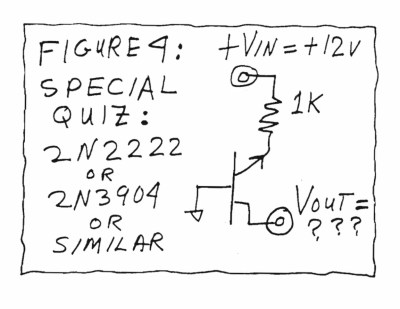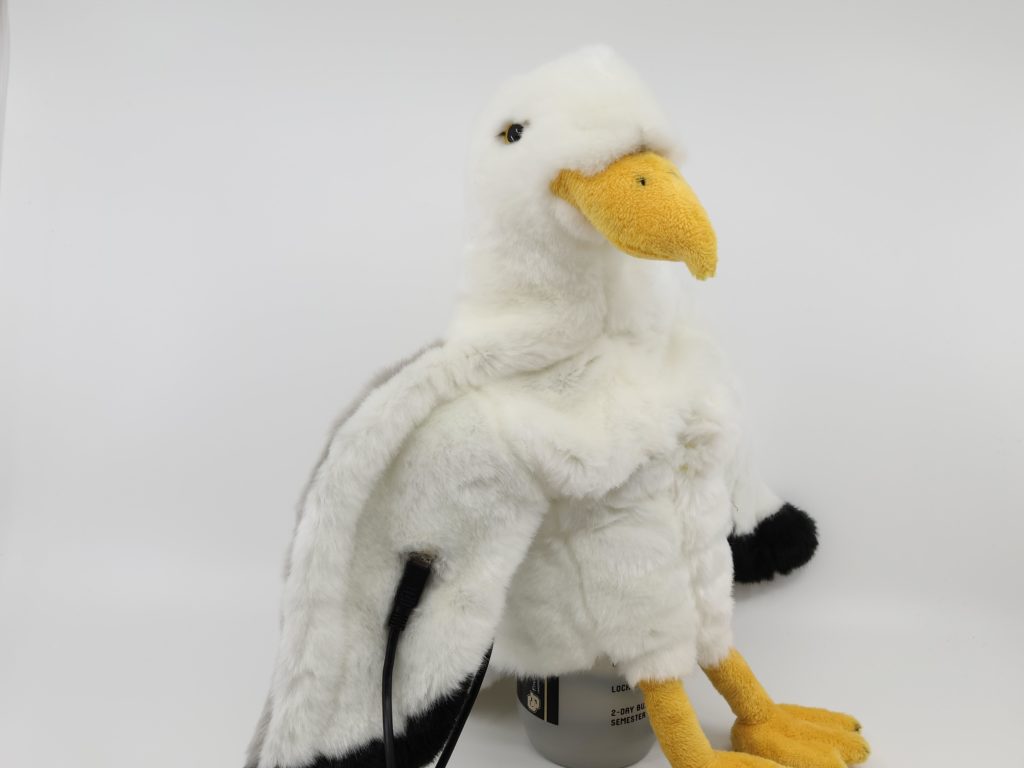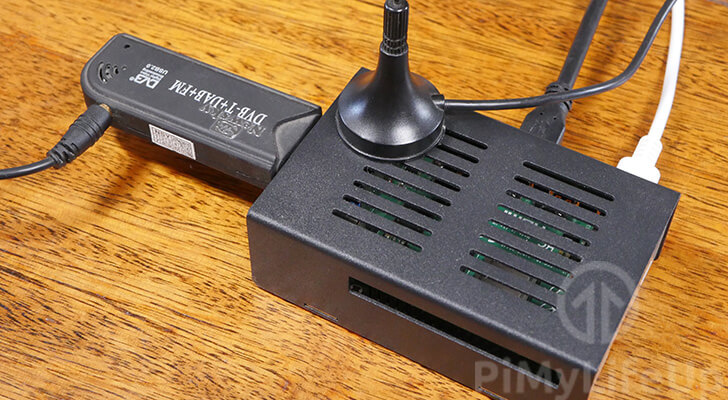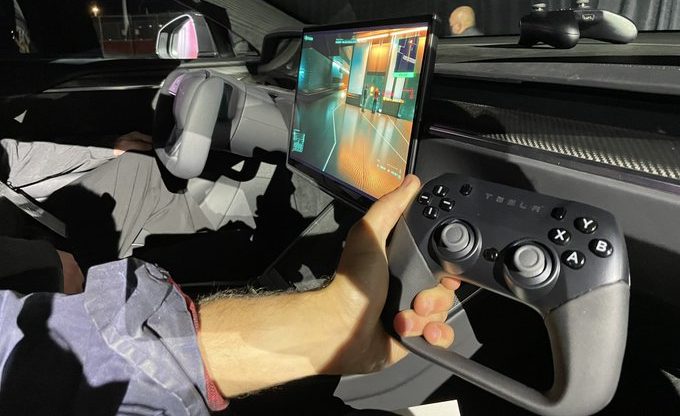Use background radiation to make your dice rolls! Features multiple dice types and guaranteed to make your DnD session more interesting!
Usually computers use numerical methods to generate random numbers. These are called pseudo-random number generators and, as the name implies, are not truly randomly generator.
True random number generators can use physical phenomena, virtually impossible to predict, to generate random numbers. Some of these use methods based on optical properties, radiation, raindrops, or even lava-lamps!
This project uses the detection of ionizing radiation coming from radioactive sources, such as cosmic rays as the source for randomness for dice rolls. The detection of radiation is made using a Geiger-Muller tube which generates an interrupt on the microcontroller that calculates the dice roll.











